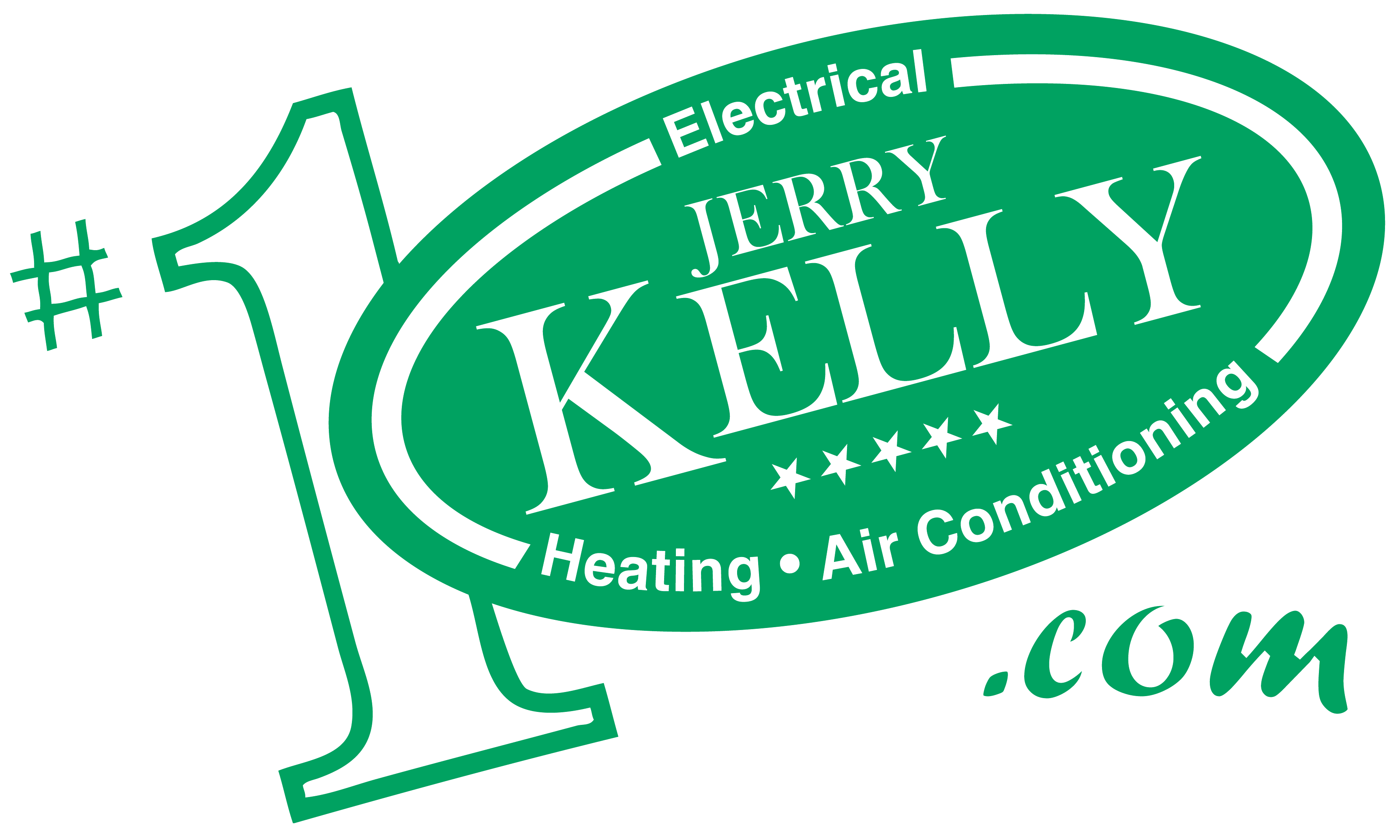Last week we talked about sick house syndrome and how the way our homes are built makes them highly susceptible to indoor air pollution. This week we want to dive deeper into what exactly is in our air that can affect the health of our families.
There are three different types of contaminants in our air: particles, germs, and gasses. In this post, we’re going to discuss particles and how they can be controlled in our homes.
What are airborne particles?
Airborne particles are tiny pieces of matter that accumulate throughout the house and contaminate our air. Some examples of airborne particles include dust, dirt, smoke, hair, dust mite feces, pet dander, and skin flakes. By breathing in these particles, we increase our risk of allergic reactions, asthma attacks, and other ailments.
Most of the particles in our air are too small to see. To give you some perspective, the naked eye is capable of seeing microns as small as about 40 microns, and 98 percent of the particles in our air are less than one micron in size. A grain of salt, comparatively, is 70 microns in size.
How Mother Nature handles airborne particles
Mother Nature has her way of controlling the particles in our outside air: a process called ionization. The ionization process is brought on by natural forces like rain, wind, lightning, and solar radiation. These forces aren’t present inside our homes, which is why we need a substitute method. How to protect your home’s air from airborne particles You can protect your health and your HVAC unit from airborne particles by installing a high-quality air filter or an air cleaner. An air filter can block out the largest particles from our air (about 2 percent of all airborne particles) and is therefore used to protect particles from building up and causing damage to your unit. An air cleaner, on the other hand, can remove much smaller particles than an air filter and is, therefore, able to protect your unit and your health.
If you have any questions about airborne particles, or if you’d like to have your air tested by a professional contractor, contact Jerry Kelly Heating, Air Conditioning & Electrical, your St. Louis heating and cooling company.
Photo credit: Alireza Teimoury

